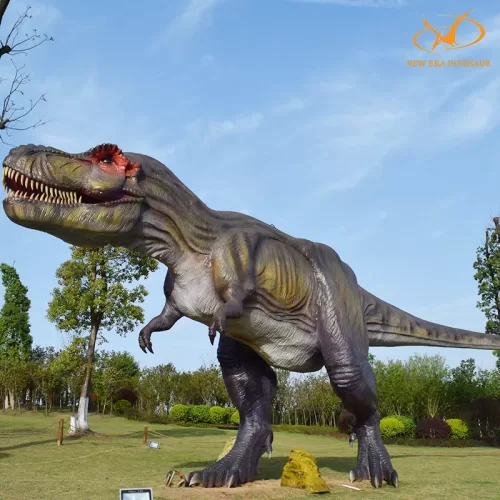Animatronic dinosaurs have become an incredibly popular attraction at museums, theme parks, and other destinations around the world. These giant robotic creatures use advanced technology to bring dinosaurs to life in a remarkably realistic way.
The animatronics industry has come a long way since the early days of simple mechanical dinosaurs. Modern animatronic dinosaurs are able to move fluidly, blink, snarl, and breathe in a lifelike manner thanks to servo motors at the joints and sophisticated computer control systems. Realistic latex skins, meticulous detail work, and quality feathers or scales cover intricately constructed frames to complete the incredibly authentic look.
Some major advancements that have led to better animatronic dinosaurs include:
- Improved robotic engineering and programming for smoother, more complex movements and behaviors. This allows the dinosaurs to show a wide range of mannerisms.
- Innovations in synthetic skin and coverings like high-quality latex or silicone to achieve realistic visual texture and appearance.
- Feathering and scale texturing advancements borrowed from movie effects departments to replicate the intricacies of actual dinosaur coverings.
- Sophisticated animatronic heads with moving eyes, jaws, nostrils and detailed tongue and teeth. This sells the lifelike illusion.
- Improved sound systems to match mouth movements with vocal sounds and roars for dramatic effect.
Today’s animatronic dinosaurs are so remarkably realistic that they fully capture the imagination and transport audiences back in time. Museums use them to teach in an interactive way. Theme parks utilize them to delight crowds and create memorable experiences. And Hollywood incorporates sophisticated animatronics in big blockbuster movies to thrill audiences. The technology continues to rapidly advance, bringing us even closer to the prehistoric world of the dinosaurs.














Leave A Comment